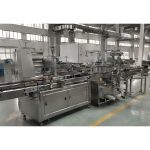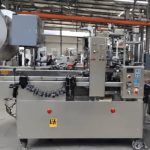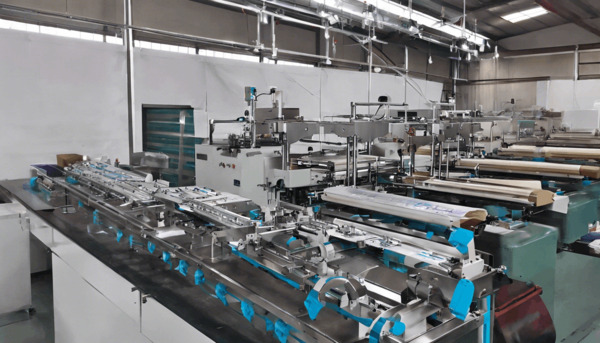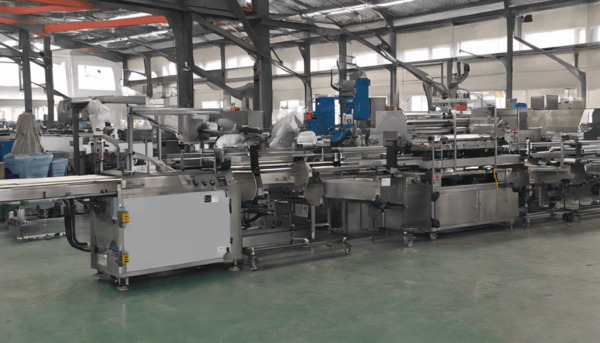
Introduction to Folding Cartons
Folding cartons are a critical component in the packaging industry, serving as a versatile and cost-effective solution for packaging a wide variety of products. They are primarily used for retail packaging and are designed to be easily folded and assembled. The design and structure of folding cartons can vary significantly, depending on the product they are intended to hold. Understanding the different categories of folding cartons is essential for selecting the right type for your packaging needs.
The Four Categories of Folding Cartons
Folding cartons can be broadly categorized into four main types based on their design and functionality. These categories are:
1. Straight Tuck End (STE) Cartons
Straight Tuck End cartons are one of the most common types of folding cartons. They feature tuck flaps on both the top and bottom of the carton, which tuck into the carton from the front. This design provides a clean and professional appearance, making it ideal for retail packaging. STE cartons are easy to assemble and can be used for a wide range of products, including cosmetics, electronics, and food items. The straight tuck design ensures that the carton remains securely closed, protecting the contents inside.
2. Reverse Tuck End (RTE) Cartons
Reverse Tuck End cartons are similar to STE cartons but with a slight variation in the tuck flap design. In RTE cartons, the top tuck flap tucks from the front, while the bottom tuck flap tucks from the back. This design provides additional security and stability, making it suitable for heavier products. RTE cartons are commonly used in the pharmaceutical and cosmetic industries. The reverse tuck design allows for efficient use of material, reducing waste and production costs.
3. Crash Bottom (Auto Bottom) Cartons
Crash Bottom cartons, also known as Auto Bottom cartons, are designed for quick and easy assembly. The bottom of the carton is pre-glued, allowing it to pop into place when the carton is opened. This feature makes Crash Bottom cartons ideal for high-speed packaging lines, where efficiency is crucial. They are often used for heavier products, such as food and beverage items, as the auto bottom provides additional support and stability. The ease of assembly also reduces labor costs and increases productivity.
4. Seal End Cartons
Seal End cartons are designed for products that require a high level of security and protection. These cartons feature flaps that are sealed with adhesive, providing a tamper-evident closure. Seal End cartons are commonly used for food products, pharmaceuticals, and other items that require a secure seal to maintain freshness and prevent contamination. The sealed design also enhances the structural integrity of the carton, making it suitable for heavier or bulkier products.
Conclusion
Choosing the right type of folding carton is essential for ensuring the safety, security, and presentation of your product. Each category of folding carton offers unique advantages, making them suitable for different applications. By understanding the characteristics and benefits of each type, you can make an informed decision that meets your packaging needs and enhances your product’s appeal in the marketplace.





